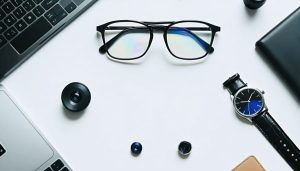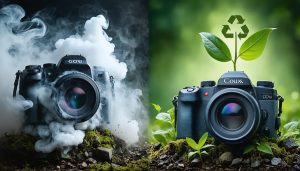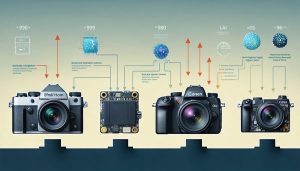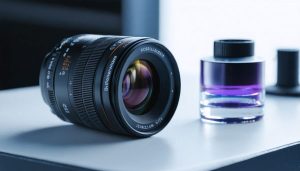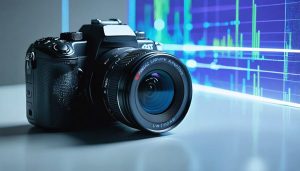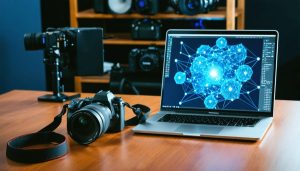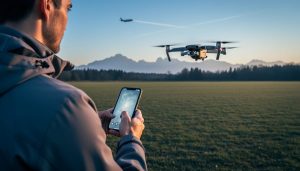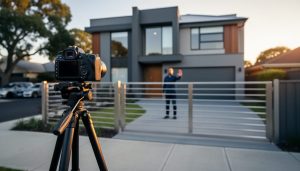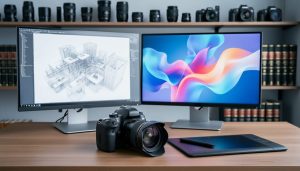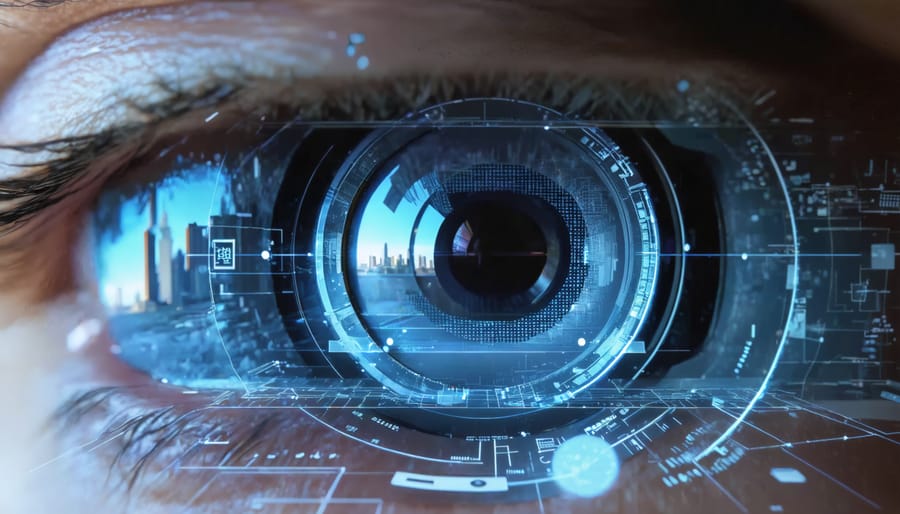
Transform your smartphone into a dynamic AR photography studio by merging digital elements with real-world scenes. This groundbreaking technology empowers photographers to create immersive AR experiences that transcend traditional photography boundaries.
AR photography fuses real-time camera feeds with computer-generated imagery, allowing photographers to add 3D objects, interactive elements, and dynamic effects to their compositions before capturing the final image. Whether you’re placing virtual furniture in interior design shots, adding animated effects to portrait photography, or creating interactive marketing materials, AR photography opens up unprecedented creative possibilities.
Industry giants like Apple, Google, and Adobe are rapidly developing sophisticated AR photography tools, making this technology increasingly accessible to both professional photographers and enthusiasts. From precise object placement and realistic lighting integration to motion tracking and depth mapping, these innovations are revolutionizing how we capture and interact with visual content.
As smartphones and cameras become more powerful, AR photography stands at the intersection of traditional photography and digital innovation, promising to reshape how we create, share, and experience visual stories.
How AR Photography Actually Works
The Tech Behind the Magic
Behind every AR photo lies a sophisticated symphony of hardware and software working in perfect harmony. Modern smartphones and cameras leverage multiple sensors, including depth sensors, gyroscopes, and accelerometers, to understand their position in 3D space. These components, combined with groundbreaking camera innovations, enable the seamless blending of virtual elements with real-world scenes.
The process begins with computer vision algorithms that analyze the scene in real-time, identifying surfaces, objects, and lighting conditions. Specialized processors, like Apple’s Neural Engine or Google’s Tensor chips, handle these complex calculations instantly. Meanwhile, SLAM (Simultaneous Localization and Mapping) technology creates a digital map of the environment, allowing virtual objects to maintain their position even as you move.
Advanced machine learning models enhance this process by improving object recognition, adjusting lighting effects, and ensuring realistic shadows and reflections. The final magic happens through rendering engines that blend the virtual and real elements at up to 60 frames per second, creating those stunning AR photos we’ve come to love.
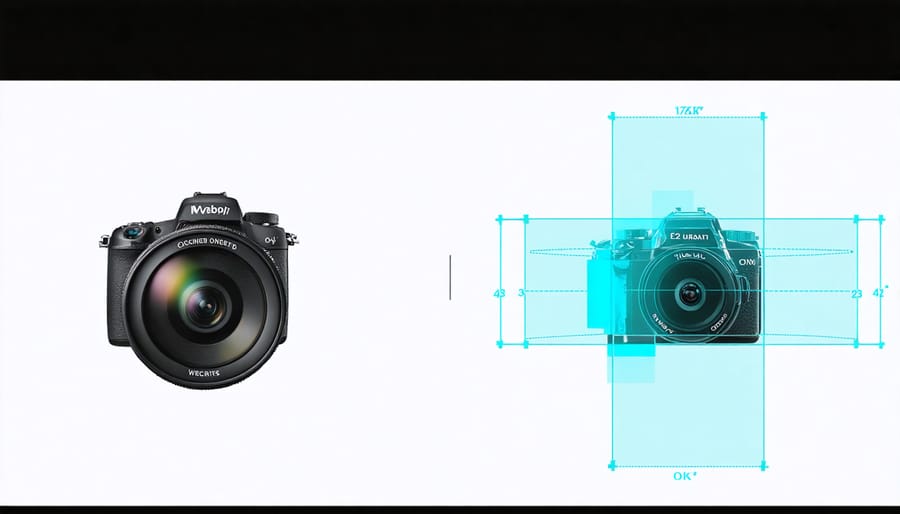
Real-Time vs. Post-Processing AR
When it comes to implementing AR in photography, there are two main approaches: real-time and post-processing. Real-time AR allows photographers to see and interact with augmented elements through their camera viewfinder while shooting. This immediate feedback helps in composition and ensures AR elements blend naturally with the scene. Popular applications like Snapchat and Instagram use this approach for their face filters and real-time effects.
Post-processing AR, on the other hand, involves adding augmented elements after the photo has been taken. This method offers more precision and creative control, as photographers can carefully position and adjust AR elements without the pressure of capturing the perfect moment. Professional photographers often prefer this approach for commercial work, where client approval and multiple revisions may be necessary.
Each method has its advantages. Real-time AR is perfect for spontaneous, interactive experiences and social media content. Post-processing excels in situations requiring complex AR elements or precise placement. Many modern photography apps now combine both approaches, allowing photographers to add basic AR elements in real-time while reserving more sophisticated modifications for post-processing.
Game-Changing AR Features in Modern Cameras
Live Scene Enhancement
Live scene enhancement represents one of AR photography’s most compelling features, allowing photographers to see potential adjustments and effects before capturing the image. Through your camera’s viewfinder, AR technology overlays real-time filters, lighting adjustments, and creative effects that transform how you compose and capture photos.
Modern AR-enabled cameras can analyze scene elements instantly, suggesting optimal composition guides, detecting faces for portrait enhancement, and even simulating different lighting conditions. For instance, you can preview how golden hour lighting would affect your scene at midday, or see how a motion blur effect would look on moving subjects without actually changing your shutter speed.
These real-time enhancements go beyond simple filters. Advanced AR systems can identify depth information, allowing for realistic bokeh previews and selective focus adjustments while you frame your shot. Weather effects like rain, snow, or fog can be added seamlessly, helping photographers visualize creative concepts before pressing the shutter button.
For portrait photographers, AR-powered facial recognition can suggest subtle improvements to pose and expression, while landscape photographers benefit from horizon leveling and golden ratio overlay guides. The technology even enables real-time color grading, letting you see exactly how different color profiles will affect your final image.
This immediate feedback loop transforms the shooting process, making it more intuitive and enabling photographers to achieve their creative vision with greater precision and confidence.
Smart Composition Assistance
AR-powered composition assistance has revolutionized the way photographers frame and capture their shots. By overlaying intelligent guides directly onto your camera view, these smart tools help you achieve professional-looking compositions without years of technical training.
The technology offers real-time gridlines that adapt to your scene, suggesting optimal positioning based on classic composition principles like the rule of thirds and golden ratio. Imagine pointing your camera at a landscape, and watching as AR guides highlight the most effective positions for key elements, helping you create more balanced and visually appealing images.
These smart systems can analyze your scene in real-time, detecting leading lines, identifying focal points, and suggesting optimal camera positions. When photographing portraits, AR guides can help position subjects for the most flattering angles, while landscape photographers benefit from horizon leveling and dynamic symmetry guides.
More advanced features include scene optimization suggestions that adapt to different lighting conditions and subjects. The system might recommend slight adjustments to your position or suggest waiting for better lighting conditions based on your location and time of day.
What makes these AR composition tools particularly valuable is their ability to teach as you shoot. Rather than simply providing rigid guidelines, they help photographers understand why certain compositions work better than others, gradually building their natural eye for composition through practical experience.
Object Recognition and Auto-Settings
One of AR’s most impressive features in photography is its ability to instantly recognize and analyze what you’re photographing. Modern AR-equipped cameras can identify everything from landscapes and architecture to faces and specific objects, helping photographers make better creative decisions on the spot.
When you point your camera at a subject, AR technology works in real-time to detect scene elements and automatically suggest optimal camera settings. For instance, when photographing a sunset, the system recognizes the high-contrast scene and might recommend HDR mode while adjusting exposure settings to preserve both highlight and shadow details.
The technology is particularly helpful for portrait photography, where it can detect faces, analyze skin tones, and automatically adjust settings like aperture and white balance for the most flattering results. Some systems even recognize specific shooting scenarios – like action shots or low-light situations – and can switch to appropriate shooting modes automatically.
For wildlife and nature photographers, AR recognition can identify different species and suggest the best settings for capturing them. When photographing birds in flight, for example, the system might automatically increase shutter speed and enable continuous autofocus tracking.
These intelligent features essentially act as a virtual photography assistant, helping both beginners and experienced photographers focus more on composition and creativity while the technology handles technical optimizations behind the scenes.
Real-World Applications
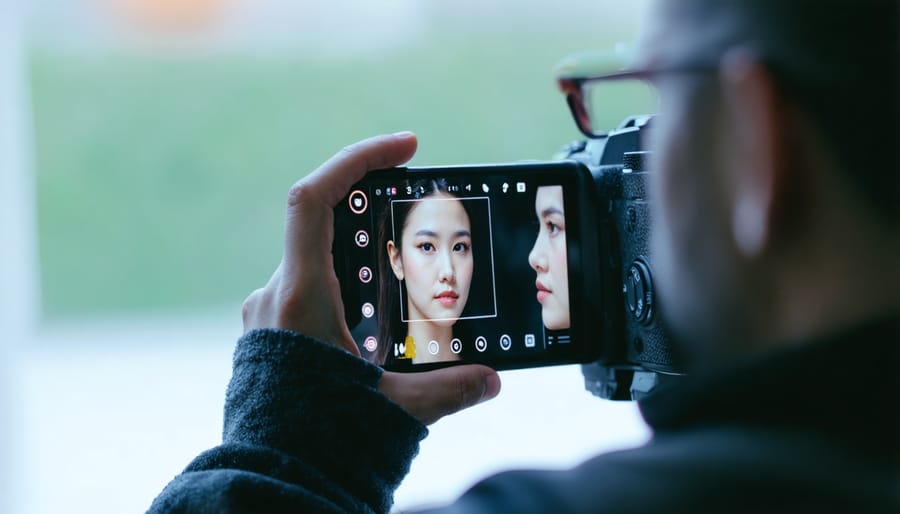
Portrait Photography
Augmented reality has revolutionized portrait photography by introducing intelligent features that help photographers capture stunning portraits with minimal effort. Modern AR systems can detect facial features, analyze lighting conditions, and provide real-time suggestions to enhance your portraits.
One of the most impressive capabilities is the AR-powered facial recognition that creates a depth map of your subject’s face. This technology suggests optimal camera angles and poses, helping both novice and experienced photographers capture their subjects’ best features. The system can highlight areas that need attention, such as ensuring eyes are in focus or suggesting slight head tilts for more flattering angles.
Lighting assistance has become increasingly sophisticated, with AR overlays showing you exactly where shadows fall and how to adjust for perfect lighting techniques. These systems can simulate different lighting scenarios before you take the shot, helping you visualize the final result and adjust your setup accordingly.
Many AR portrait applications now include real-time skin tone analysis, ensuring accurate exposure and white balance for various skin types. The technology can also suggest composition improvements based on classic portraiture rules while allowing creative freedom to break these rules intentionally.
For group portraits, AR features help maintain consistent lighting across multiple faces and can even suggest optimal positioning to ensure everyone is well-lit and properly framed. Some advanced systems offer virtual light placement, allowing photographers to experiment with different lighting setups without physically moving equipment.
These AR tools have made professional-quality portrait photography more accessible while providing experienced photographers with innovative ways to enhance their existing workflow and creative vision.
Landscape and Architecture
Landscape and architectural photography has been revolutionized by augmented reality tools that help photographers achieve perfect composition and alignment. AR overlays now provide real-time horizontal guides and perspective grids, eliminating the need for traditional bubble levels or manual post-processing corrections.
Many modern photography apps utilize AR technology to display virtual gridlines that automatically adjust based on your device’s position. These intelligent guides help photographers maintain straight horizons in landscape shots and ensure vertical lines remain parallel when shooting buildings, a crucial aspect of architectural photography.
One of the most practical applications is AR’s ability to detect and correct perspective distortion in real-time. When photographing tall buildings, photographers often tilt their cameras upward, causing converging vertical lines. AR tools can now show you exactly how to position your camera to minimize this distortion or provide guidelines for achieving the desired perspective effect.
Some advanced AR features even offer virtual measurement tools, helping photographers determine optimal shooting distances and angles for architectural elements. These tools can calculate heights, widths, and distances, making it easier to plan complex architectural shots or ensure proper scale representation in documentation photography.
For landscape photographers, AR alignment tools are particularly valuable during golden and blue hours when natural lighting conditions make it challenging to see the horizon clearly. The technology provides constant reference points, ensuring that even in difficult lighting conditions, your images maintain professional-level composition and alignment.
Beyond technical precision, these AR tools allow photographers to focus more on creative aspects while maintaining compositional accuracy, ultimately leading to higher-quality results with less post-processing work.
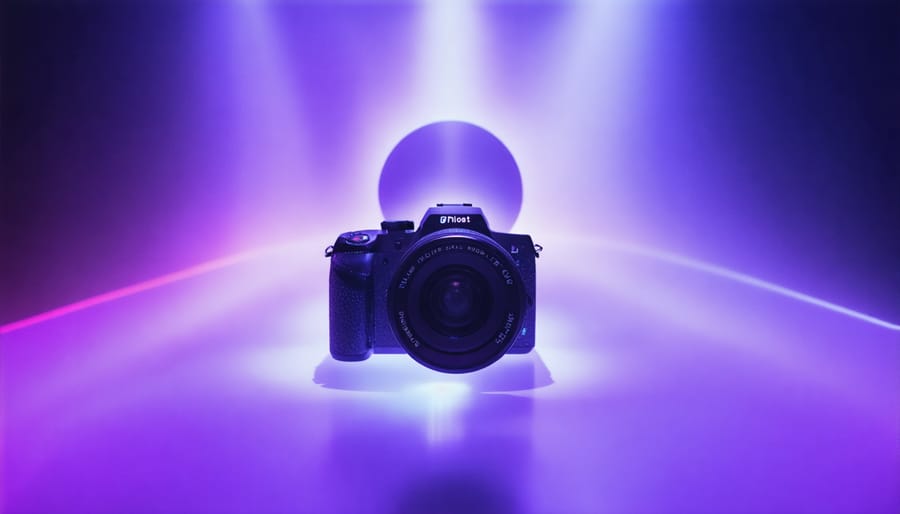
What’s Next for AR Photography
As we peer into the horizon of AR photography, several groundbreaking developments are set to revolutionize how we capture and experience images. The future of camera technology points toward more sophisticated AR integration that will fundamentally change our approach to photography.
One of the most anticipated developments is real-time scene optimization through AI-powered AR overlays. Imagine seeing multiple composition options floating in your viewfinder, with your camera suggesting the best angles based on advanced scene analysis and artistic principles. This technology will help both beginners and professionals make better creative decisions in the moment.
Smart contact lenses with built-in AR capabilities are moving from science fiction to reality. These devices will allow photographers to see composition grids, exposure information, and even potential lighting scenarios without any external hardware. Major tech companies are already in the final stages of testing these revolutionary tools.
Environmental mapping is another exciting frontier. Future AR systems will be able to create instant 3D models of your shooting environment, suggesting optimal positions for lighting equipment and helping you visualize how different modifications will affect your final image before you even press the shutter.
We’re also seeing the development of collaborative AR photography spaces, where multiple photographers can share the same augmented environment in real-time. This will transform how photography is taught and how creative teams work together on commercial shoots.
Perhaps most intriguingly, AR photography is beginning to merge with volumetric capture technology. This combination will allow photographers to create images that viewers can step into and explore from multiple angles, essentially turning still photographs into navigable 3D spaces.
While some of these technologies may seem distant, many are already in advanced development stages. The next few years will likely bring rapid advancements that will make these features standard in professional photography equipment, forever changing how we create and interact with images.
As AR technology continues to revolutionize photography, we’re witnessing a transformative period that bridges the gap between physical and digital imagery. The integration of AR into photography has opened new creative possibilities, from enhanced storytelling through interactive elements to innovative ways of capturing and sharing memories. For photographers looking to embrace this technology, start by experimenting with basic AR apps and gradually progress to more sophisticated tools as your comfort level grows. Remember that while AR offers exciting possibilities, it should complement rather than replace traditional photography skills. The key to success lies in finding the right balance between technological innovation and artistic vision. As AR capabilities continue to evolve, staying informed about new developments and regularly practicing with AR tools will help you stay ahead in this dynamic field. Whether you’re a professional photographer or enthusiast, AR photography presents an opportunity to expand your creative horizons and offer unique experiences to your audience.

